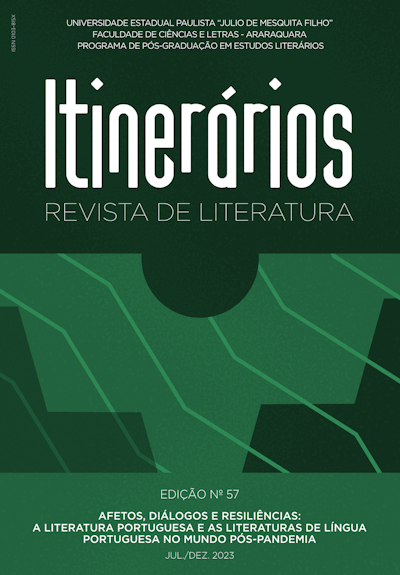Journey to the salvation of what binds
a reading of As estações da vida, by Agustina Bessa-Luís
DOI:
https://doi.org/10.58943/irl.v1i57.18695Keywords:
Agustina Bessa-Luís, Memory, Imaginary, Literature, CharacterAbstract
Agustina Bessa-Luís is the most prolific female writer in all of Portuguese literature. The centenary of the author of A Sibila is a celebration of the work and thoughts of a contemporary.The following communication proposal aims to analyze As Estações da Vida, published in 2002, and reflect on the importance of the hustle and bustle of train stations on the Douro line as a form of memory and imagination of a time and a region.The tiles of the Pinhão station or the São Bento station are the pretext for unraveling a literary and human thread, which is born from the scrutinization of those small blue and white squares, which tell stories of the harvest and the hustle and bustle of everyday life in the North. and the Douro: “the tiles tell a whole poetry that is not epic, it is everyday life, it is a sermon without a cassock, it is a contract without philosophy” (24). We find in As Estações da Vida an entire world, alive and bright, based on Agustina’s prodigious writing, which reveals the local and the universal in a unique, synesthetic and impressionistic way. As Estações da Vida therefore guard and contain the salvation of what binds.
Downloads
Published
Issue
Section
License
Os manuscritos aceitos e publicados são de propriedade da revista Itinerários. É vedada a submissão integral ou parcial do manuscrito a qualquer outro periódico. A responsabilidade do conteúdo dos artigos é exclusiva dos autores. É vedada a tradução para outro idioma sem a autorização escrita do Editor ouvida a Comissão Editorial.

